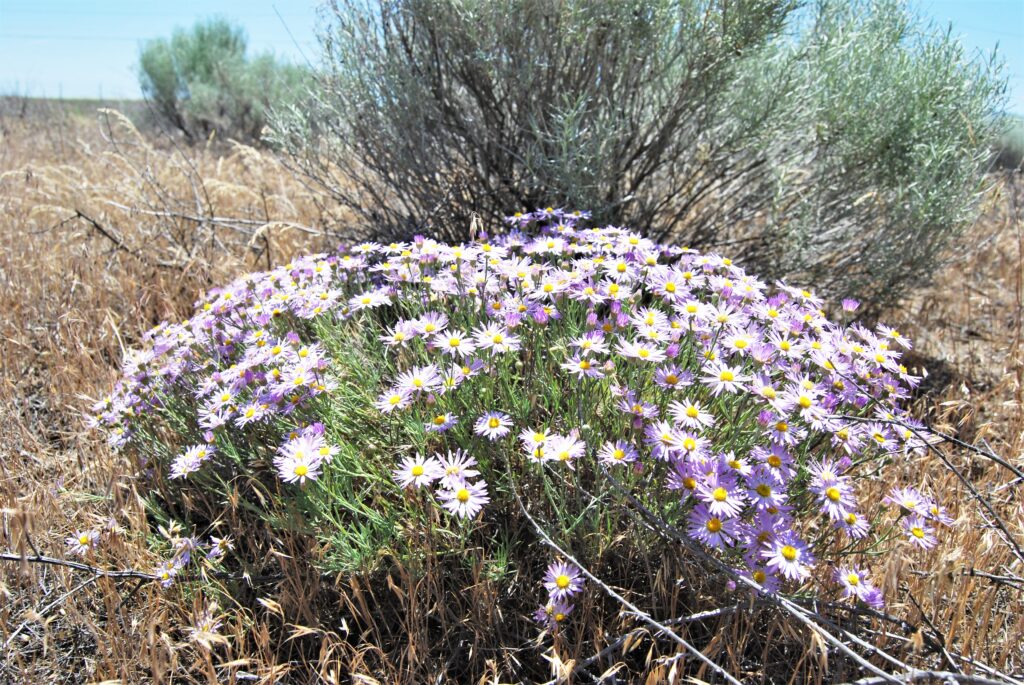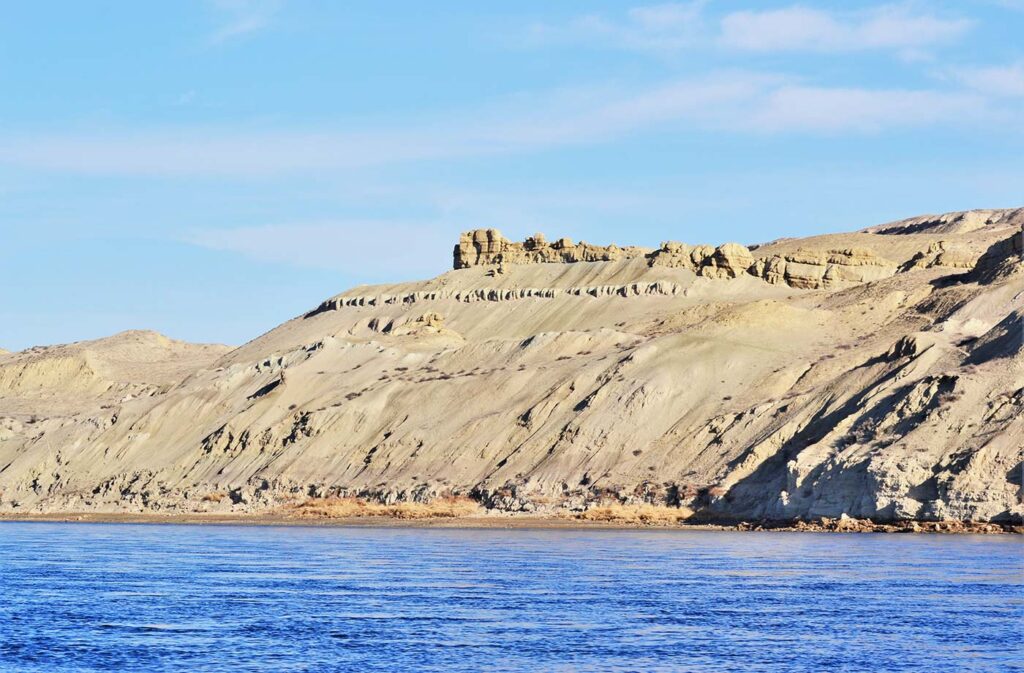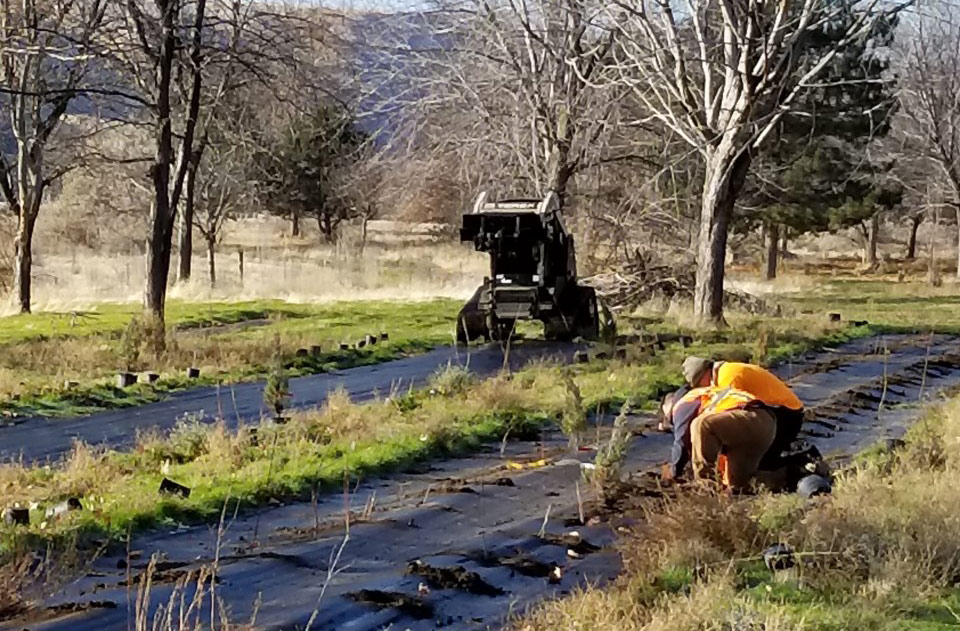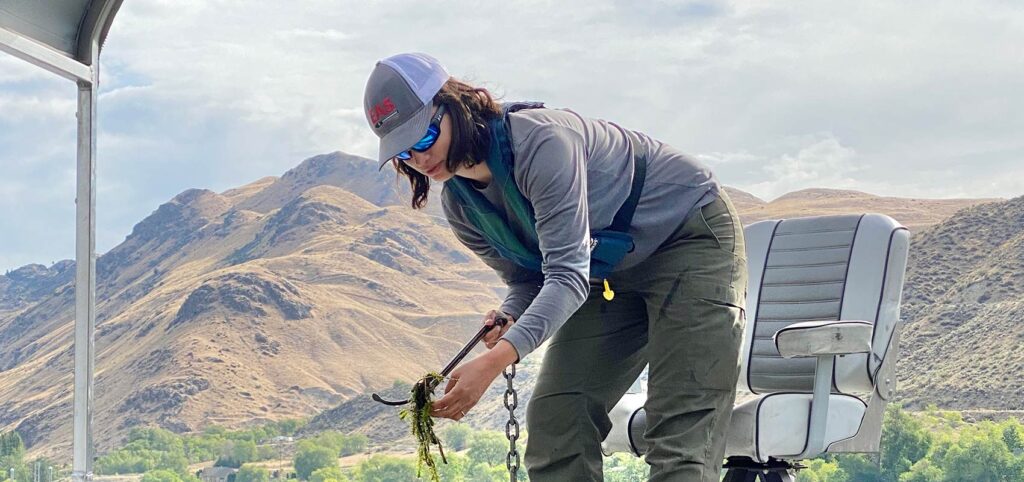Habitat Restoration
Restoring Habitats & Damaged Species
Industrial activities, hazardous waste site releases, and remedial actions can damage species and habitats. To protect natural resources, federal law requires that agencies and organizations assess adverse effects from these activities and develop strategies to mitigate the impact or restore the natural resources. EAS staff develop mitigation and planting plans, collect native seed, conduct restoration activities, and monitor planting success.

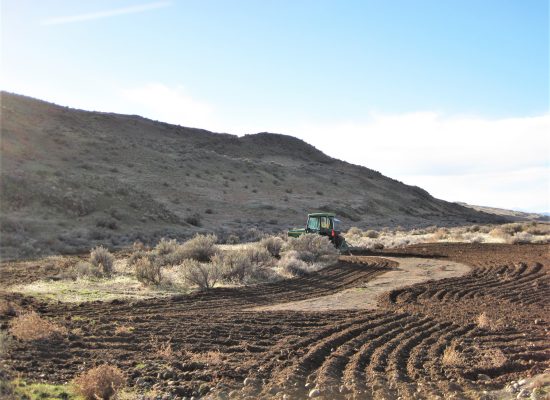
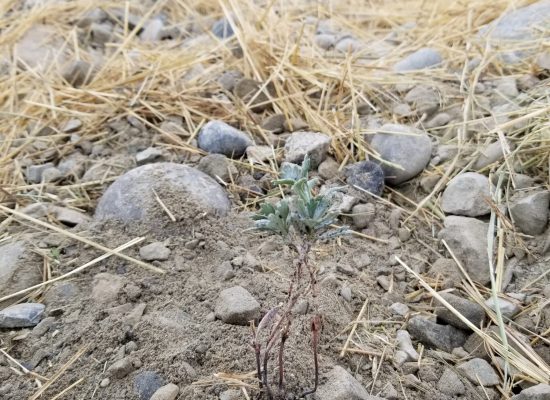
Restoring Ecosystems Across the U.S.
In recent years, EAS personnel have supervised or assisted in implementing restoration projects over thousands of acres across the western and southern U.S. We work in a wide variety of ecosystems ranging from sea level to high elevations.
Our primary restoration expertise focuses on the Hanford Reach of the Columbia River and semi-arid lands of eastern Washington, where much of the native shrub-steppe ecosystem has been lost. On the Hanford Site, the EAS team works with the River Corridor Closure Contractor to identify mitigation/restoration needs early in project planning to help avoid or minimize adverse effects to natural resources and restore native species and habitats at relatively low costs. Because EAS’s natural resource specialists possess in-depth knowledge of restoring terrestrial and aquatic environments of this region we are able to perform restoration at the maximum cost-to-benefit ratio.
